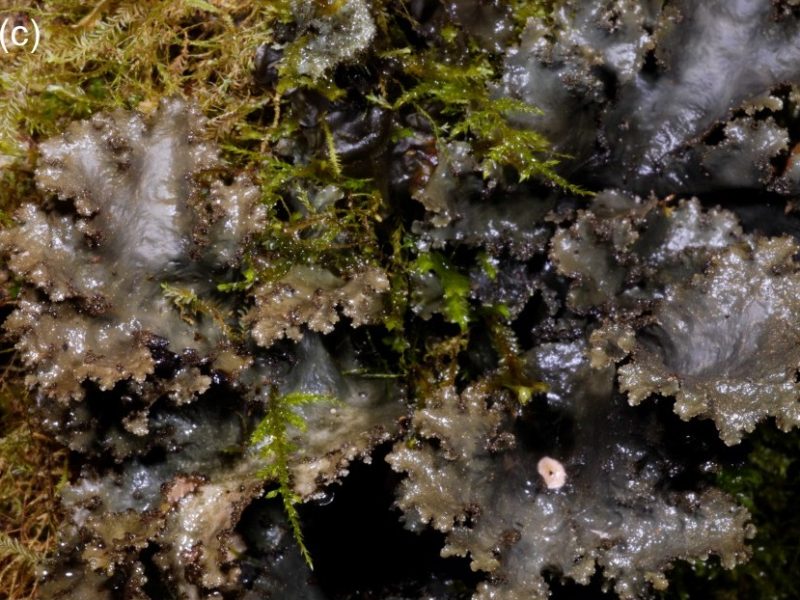Non-vascular epiphytes, including bryophytes and lichens, have important roles in tropical montane forest ecosystems in intercepting and storing water, nutrient cycling, and providing habitats and nutrition especially for many invertebrates. The factors that affect the dispersal and colonization of epiphytes can be effectively studied, for example, by using a combination of environmental measurements and polyethene nets placed for several years in different montane forest environments. In the montane forests of Taita Hills, Kenya, many liverwort and macrolichen species established diverse communities on the nets placed in the moist montane forest zone while only green algae and crustose lichens were able to colonize most nets in the drier lower altitude forest. Liverworts dominated the nets under closed forest canopies and lichens at more open sites. Especially lichens benefitted from abundant fog deposition at open and windy sites. Mosses were not present on any of the nets, which may be due to a dispersal limitation caused by the relatively large size of the dispersal units or a generally slower speed of colonization.
Stam Å, He X, Kaasalainen U, Toivonen M, Enroth J, Räsänen M, Rikkinen J. 2020. Epiphyte colonisation of fog nets in montane forests of the Taita Hills, Kenya. Annales Botanici Fennici 57: 227–238, doi.org/10.5735/085.057.0406.

Keywords: tropical mountain cloud forests, TMCFs, Eastern Afromontane biodiversity hotspot, Vuria, Ngangao, fog deposition, Acanthocoleus chrysophyllus, Diplasiolejeunea kraussiana

